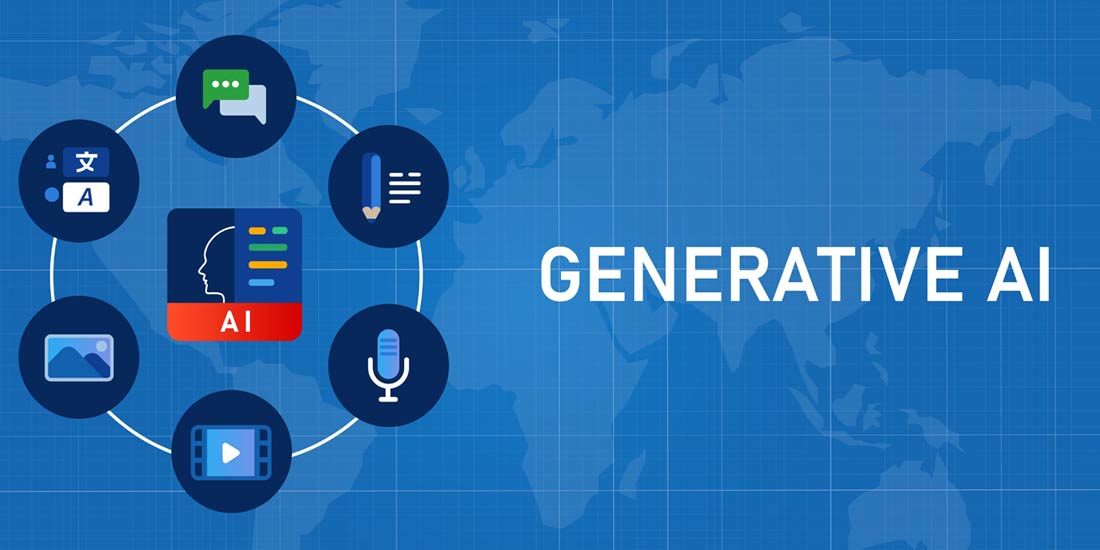Introduction to Data Visualization with GPT-4 and Streamlit
Creating data visuals with GPT-4 and the Python Streamlit library is easier than expected. With a good dataset, you can generate chart after chart, including maps, to gain in-depth analysis and insights from your data.
Types of Charts and Maps
You can prompt GPT-4 for various types of charts and maps, including:
- Time-series analysis
- Comparative analysis
- Distribution analysis
- Interactive global choropleth map
Steps to Accomplish Data Visualization
To accomplish this with minimal fuss, follow these steps:
- Choose a Dataset: Select a publicly accessible dataset. For this example, the UNESCO global democracy index dataset is used, which can be downloaded from the UNESCO site.
- Upload the Dataset: Upload the CSV file to GPT-4.
- Prompt GPT-4: Use prompts to generate descriptions of the fields in the dataset and to create various charts and maps.
Prompting GPT-4
When prompted to describe the fields in the Global Democracy Index dataset, GPT-4 provides a concise overview of each field, including:
- Entity: Name of the country or region
- Code: ISO 3-letter country code
- Year: The year of the observation
- Electoral democracy index: A numerical score representing the level of electoral democracy
Creating Data Visuals
With GPT-4 and Streamlit, you can create various data visuals, including time-series analysis, comparative analysis, distribution analysis, and interactive global choropleth maps, with a little bit of fancy footwork and a good dataset.
Conclusion
Creating data visuals with GPT-4 and Streamlit is a straightforward process that can be accomplished with minimal fuss. By following the steps outlined above and using a good dataset, you can gain valuable insights and create informative charts and maps.
FAQs
- Q: What is GPT-4?
A: GPT-4 is a language model that can be used for various tasks, including data visualization. - Q: What is Streamlit?
A: Streamlit is a Python library used for creating web apps for data science and machine learning. - Q: Where can I find publicly accessible datasets?
A: Publicly accessible datasets can be found on various websites, including the UNESCO site. - Q: What types of charts and maps can I create with GPT-4 and Streamlit?
A: You can create time-series analysis, comparative analysis, distribution analysis, and interactive global choropleth maps, among others.











